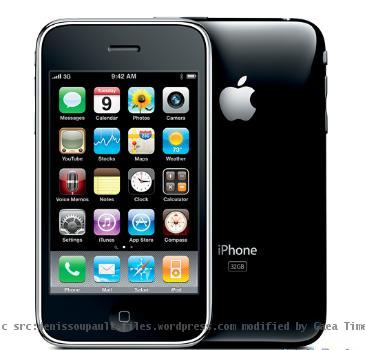On the Call: MasterCard sees future growth in diversified electronic, mobile payment systems
By APTuesday, August 3, 2010
On the Call: MasterCard sees diversified future
NEW YORK — MasterCard Inc. posted a 31 percent profit increase for the second quarter on Tuesday. That came a day after its stock fell 3.6 percent on news that a group of telecom companies is working with Discover Financial Corp. and Barclays PLC to develop a contactless payments network for smart phones.
Ajay Banga, president and CEO of MasterCard, pointed out the Purchase, N.Y., company has its own ventures in diversified payments. But the topic was raised as a potential concern during the company’s conference call to discuss its second-quarter results.
QUESTION: Can you talk about what you’re doing here, why maybe we should feel less concerned that you’re not going to be successful in the mobile opportunity?
RESPONSE: We’ve got close to 20 pilot and commercial rollouts around the globe as we speak. In the U.K., Barclay’s and Orange and MasterCard are the ones working on a similar contactless mobile payments, Nfc-based technology to pay for goods and services at retailers. That is the Pay Pass terminal that is used.
In Tokyo, we partner with Guarantee Bank and a leading mobile operator to pioneer mobile Nfc payment. And in that case it was using an antenna attached to a Sim card.
In June in the U.S., Citi announced the launch of MasterCard Pay Pass tags for the availability of their credit cards. You can stick that sticker on the back of your mobile device and use it at any of the Pay Pass-enabled merchants that exist.
We announced (a deal) with Bank of Montreal and R.I.M., Research In Motion, to bring payments to Blackberry forms in a similar Pay Pass technology. We’ve got programs in Brazil, we’ve got programs in India. We’ve got programs in Korea. We’ve got programs in Singapore. We’ve got mobile MasterCard money-send service, which is an easy way to transfer money from person to person using the mobile phone or an Internet browser. We can always use it to pay for purchase. It also allows small, nontraditional merchants to accept electronic payments. We’ve got money-send apps for the iPhone and Blackberry.
You know, I have confidence that these companies are playing, we and others, are playing actively in the mobile payment space. While the business model for mobile payments has yet to be proven in a tangible way across the world, I have no doubt that it will get proven in some form through these various experiments and trials.
I also believe that finally the phone partners, the mobile carriers, the handsets manufacturers, banks, people like us, what we need is an open payment system. What you do not need is a payment system that is built off one brand. Even our trials (with contactless payments in transit systems in New York), right now it’s a trial using us. Eventually we actually expect, in a short period of time, that if it works out, to become a brand-agnostic trial where we may have the advantage of processing more of the transactions, because our technology approves those transactions at the turnstyle faster.
For me, I think the real development of growth in mobile commerce requires that kind of way of approaching the opportunity.
Tags: Communication Technology, Computing And Information Technology, Mobile Communications, New York, North America, Software, United States

